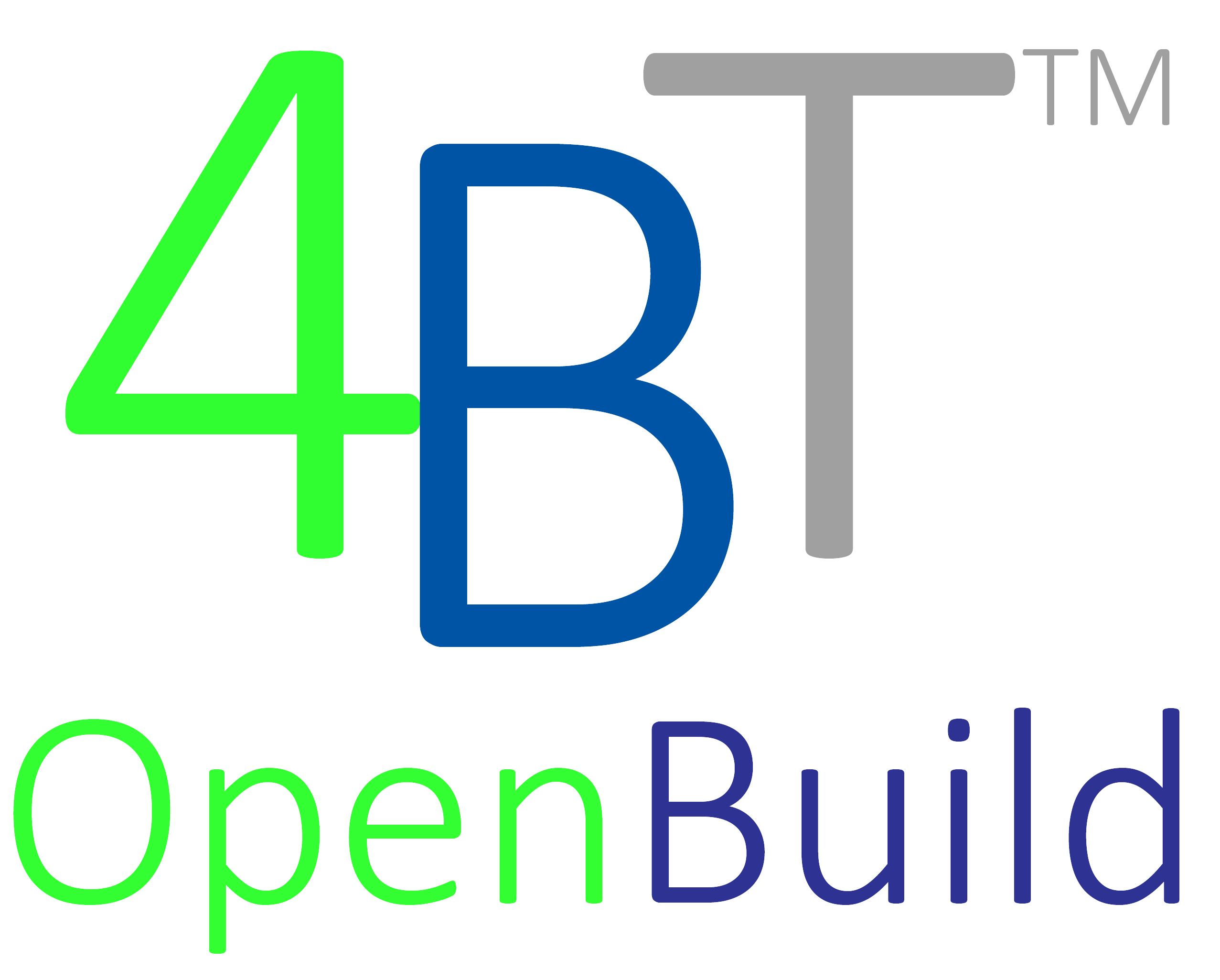Standardized Work is Critical to Construction Outcomes

Standardized processes and workflows are critical to establishing collaborative work environments with full technical and cost transparency. Rather than limiting innovation, they enable those doing the work and associated contribution of their expertise.
People, Process, Information, & Technology
Integrated Planning, Procurement, and Project Delivery Teams
Integrating people and relationships with technical processes such as built environment repair, renovation, maintenance, or new construction is far from difficult. It is quite simple. It does, however, require real property owner leadership, capacity, commitment, and capability.
What is standardized work? Specific to construction, it is the definition of a granular work task in terms of (1) definition (what does the task accomplish) (2) timing (Labor hours and composition required , (3) the associated type and number/amount of physical items required (materials and equipment), and (4) associated detailed costs.
The optimal method of categorizing and maintaining standardized construction work is via an objective and current locally researched line-item construction database. These databases are readily available in electronic format and organized using standardized data formats such as expanded CSI MasterFormat and/or expanded UNIFORMAT. Using a standardized data architecture is critical to enabling the efficient use and reuse, and continuous improvement of information internally and collaborating with external organizations/teams.
“Before an organization can reap the benefits of standardized work, a robust process framework must be defined and implemented, and work standards clarified.”
Without standardization, improvement is unlikely or “hit or miss” at best.
Important Note: Standardization via a line-item database provides a common industry practice for a specific task/operation/routine that serves as the baseline of comparison for any individual doing the work. It can be used to discern normal from abnormal in terms of time, materials, and practices. With that baseline, a foundation enabling management is established, making improvement possible. This doesn’t mean that a given operation is done the same way everywhere, but is a reference, continuous improvement is always possible and should be enabled and recorded.

via www.4bt.us – 4BT OpenCostTM Cost Data establishes a baseline of operation from which improvement is possible.
Integrate People with Process the 4BT Alliance & Job Order Contracting Solutions
Additional Information
“Standardized work and kaizen are two sides of the same coin — if you try to have one without the other, you will encounter one of two types of serious problems.
Standardized work without kaizen:
• Employee motivation is killed, human creativity wasted
• Problems repeat, unidentified, unsolved, and unabated
• Employees don’t take the initiative, so improvement stops
• Operations — like economies, like companies, like cultures, like species — either progress or decline.
Kaizen without standardized work:
• Chaotic change, the saw-tooth effect of progress and regress
• Problems repeat, PDCA not followed, no root cause analysis
• Progress that is impossible to identify, improvement stops
• Kaizen, an expression of the scientific method, requires a baseline of comparison. (Source: Standardized work and kaizen are two sides of the same coin — if you try to have one without the other, you will encounter one of two types of serious problems.
(Source: How Standardized Work Integrates People with Process, Lean Enterprise Institute, 2023)
